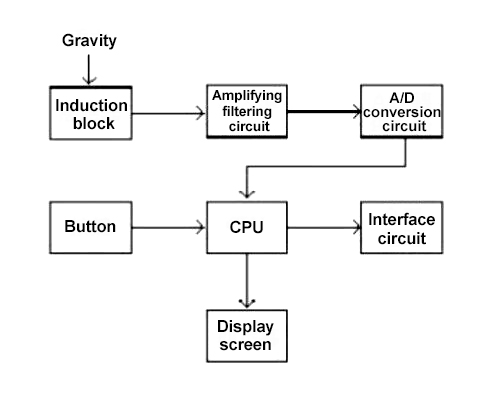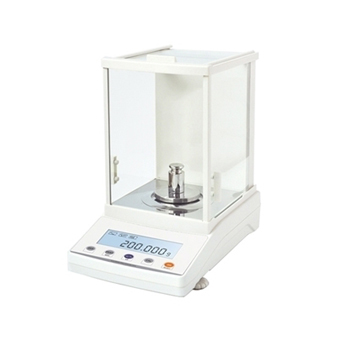How Does an Electronic Analytical Balance Work?
In the world of laboratory equipment, electronic analytical balances hold a crucial place. These precision instruments are essential for accurate and reliable measurements in various scientific fields, from chemistry and biology to pharmaceuticals and materials science. But have you ever wondered how these electronic analytical balances work? In this blog, we'll delve into the inner workings of these remarkable instruments and explore the principles that enable them to deliver precise measurements.
An electronic balance used for weighing with the aid of modern electronic technology is referred to as an electronic balance. Its weighing principle is based on the electromagnetic force balance principle. When an electrified conductor is placed in a magnetic field, the conductor generates a magnetic force. When the magnetic field strength remains constant, the magnitude of the force is directly proportional to the electric current passing through the coil. For instance, when the gravitational force on an object points downward and the electromagnetic force points upward, they balance each other. As a result, the current passing through the conductor is directly proportional to the mass of the object being weighed.

Electronic analytical balances are precision instruments designed to provide highly accurate and reliable measurements of the mass or weight of substances. These balances utilize advanced technology, including electromagnetic force restoration, to achieve their exceptional precision. Here, we'll delve into the detailed workings of an electronic analytical balance.
Sensor System
Electronic analytical balances consist of a highly sensitive sensor system that plays a central role in their operation. The sensor system generates a magnetic field, which is used to counteract the gravitational force acting on the sample to be weighed. The primary components of the sensor system include:
- Electromagnet: An electromagnet is positioned at the base of the balance. It generates a magnetic field when an electrical current flows through it. The strength of the magnetic field can be precisely controlled.
- Permanent Magnet: Attached to the weighing pan is a permanent magnet, which interacts with the magnetic field generated by the electromagnet.
Tare Function
Before weighing a sample, the balance must be calibrated to zero. This is achieved using the tare function, which accounts for the weight of the container and any additional components that may be on the balance pan. By pressing the tare button, the balance effectively subtracts the weight of these items, setting the scale to zero.

Weighing Process
Once the balance is calibrated to zero, the weighing process begins:
- Sample Placement: The sample to be weighed is placed on the balance pan.
- Gravitational Force: The gravitational force acting on the sample causes the balance pan to tilt slightly, creating an imbalance.
- Sensor Detection: The sensor system continually detects this imbalance by monitoring the position of the permanent magnet.
- Electromagnetic Force: To maintain equilibrium, the balance generates an electromagnetic force in response to the detected imbalance. The strength of this force corresponds to the weight of the sample.
- Counteracting Gravity: The electromagnetic force opposes and counteracts the gravitational force, effectively levitating the sample.
- Equilibrium: As long as the electromagnetic force matches the gravitational force, the balance remains in equilibrium.
Weight Measurement
The weight measurement is calculated based on the strength of the electromagnetic force required to balance the gravitational force acting on the sample. This measurement is extremely precise and is displayed digitally, usually in grams (g) or milligrams (mg). The display provides an accurate reading of the sample's mass or weight.
Digital Readout
Electronic analytical balances offer digital readouts, eliminating the potential for human reading errors. The results are displayed clearly and are easy to interpret.
In summary, electronic analytical balances work by using an electromagnetic force restoration system to counteract the gravitational force acting on a sample. The balance continuously detects any tilt in the balance pan due to the sample's weight, generates an electromagnetic force to oppose this tilt, and maintains equilibrium. The strength of the electromagnetic force corresponds to the sample's weight, providing an accurate and precise measurement. These balances are vital measurement tools in scientific research, quality control, and various industries where precision measurements are essential.

